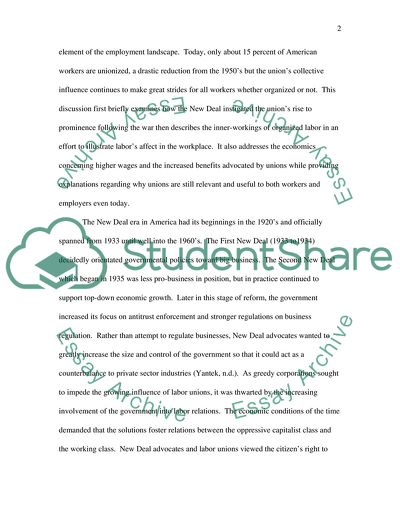Cite this document
(Labor Unions in the U.S Case Study Example | Topics and Well Written Essays - 2690 words, n.d.)
Labor Unions in the U.S Case Study Example | Topics and Well Written Essays - 2690 words. Retrieved from https://studentshare.org/human-resources/1709888-the-impact-of-labor-unions-in-the-us-from-post-world-war-2-to-the-present
Labor Unions in the U.S Case Study Example | Topics and Well Written Essays - 2690 words. Retrieved from https://studentshare.org/human-resources/1709888-the-impact-of-labor-unions-in-the-us-from-post-world-war-2-to-the-present
(Labor Unions in the U.S Case Study Example | Topics and Well Written Essays - 2690 Words)
Labor Unions in the U.S Case Study Example | Topics and Well Written Essays - 2690 Words. https://studentshare.org/human-resources/1709888-the-impact-of-labor-unions-in-the-us-from-post-world-war-2-to-the-present.
Labor Unions in the U.S Case Study Example | Topics and Well Written Essays - 2690 Words. https://studentshare.org/human-resources/1709888-the-impact-of-labor-unions-in-the-us-from-post-world-war-2-to-the-present.
“Labor Unions in the U.S Case Study Example | Topics and Well Written Essays - 2690 Words”, n.d. https://studentshare.org/human-resources/1709888-the-impact-of-labor-unions-in-the-us-from-post-world-war-2-to-the-present.


